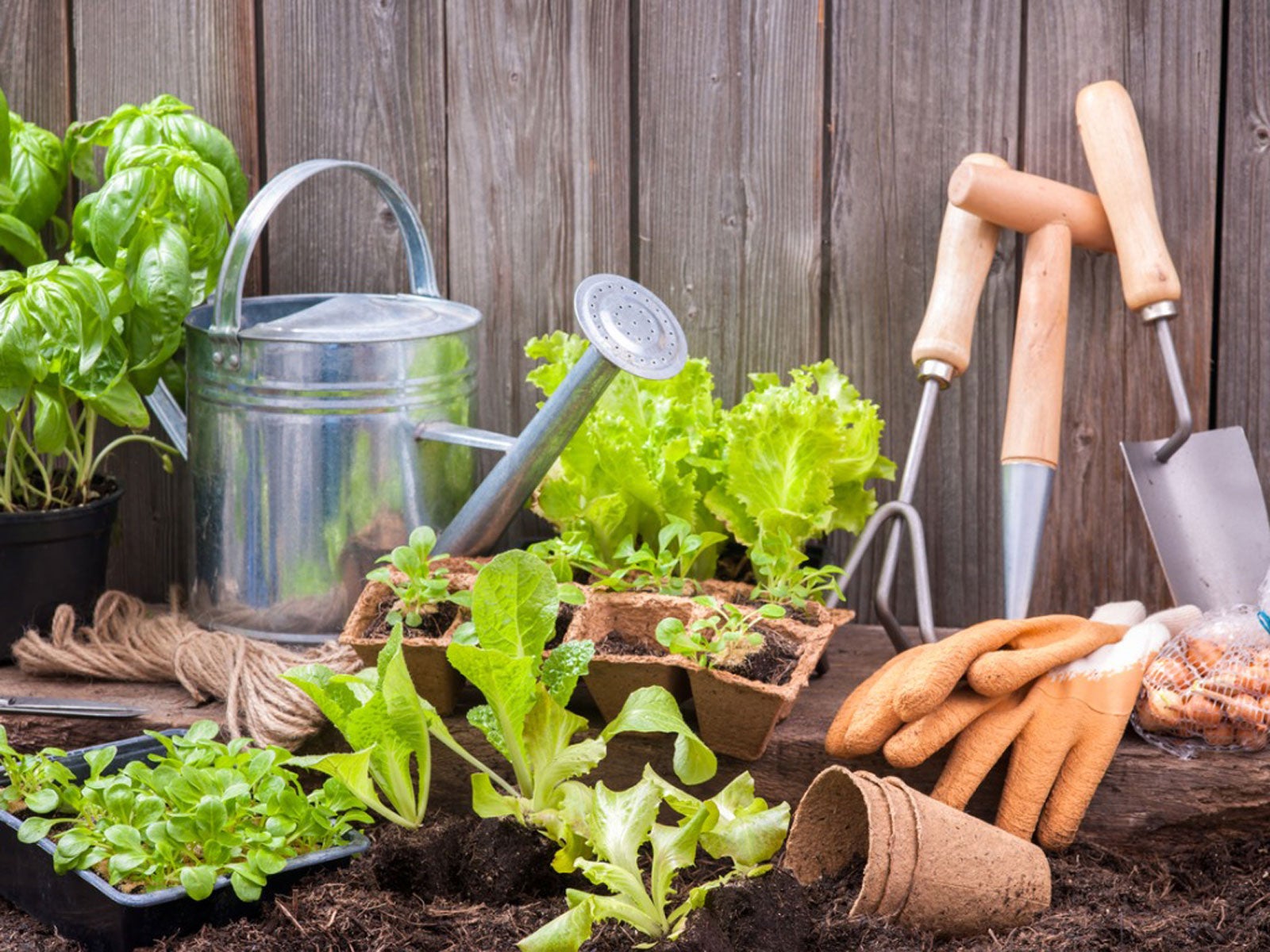Rooted in Understanding: The Ultimate Overview to Newbie Gardening Success
Wiki Article
From Novice to Eco-friendly Thumb: A Step-by-Step Trip Through the Art of Gardening

Understanding Your Horticulture Area
To start your gardening journey, it is crucial to comprehend the one-of-a-kind qualities and constraints of your gardening area. Are there any kind of specific difficulties you may encounter, such as poor dirt top quality or limited water schedule? Comprehending these aspects will assist you make educated decisions regarding the kinds of plants that will certainly thrive in your area.Take into consideration the size of your horticulture location. If you have a small space, you might need to focus on container gardening or upright horticulture to optimize your growing area. On the other hand, if you have a big area, you have the deluxe of growing a selection of plants and creating different zones within your garden.
Next, assess the amount of sunlight your area gets. This will figure out which plants will certainly prosper and which ones might battle. If your room is shaded, you can decide for shade-loving plants like hostas or brushes. If your room obtains complete sunlight, you can expand a variety of plants, consisting of veggies, herbs, and flowers.
Lastly, consider any challenges or constraints certain to your area. You may require to change it with compost or select plants that are tolerant of less-than-ideal conditions if your dirt quality is inadequate. If water is limited, you can select drought-tolerant plants or apply water-saving techniques like mulching.
Selecting the Right Plant Kingdoms for Your Yard
Select plants that are fit to your garden's one-of-a-kind conditions and your personal preferences. When choosing plants for your garden, it is necessary to consider variables such as sunshine, soil kind, and environment. Take an appearance at the quantity of sunlight your yard obtains throughout the day. Some plants flourish completely sun, while others like partial and even complete shade. Take into consideration the dirt type in your yard. Some plants favor well-drained dirt, while others flourish in clay-like or damp dirt. In addition, take into account the environment in your location. Some plants are better fit for completely dry and hot climates, while others can endure chillier temperature levels.It's likewise worth considering the upkeep degree of the plants you choose. Some plants call for even more care and attention, while others are a lot more low-maintenance.
Preparing the Dirt for Growing
Most plants prefer a somewhat acidic to neutral pH, around 6.0 to 7.0. Poorly drained soil can lead to water logged roots and other plant health and wellness issues. By assessing and making required changes to your soil, you can produce an optimal environment for your plants to prosper.Nurturing and Preserving Your Garden
Make sure to water your plants deeply, allowing the water to penetrate the soil and reach the origins. Regular weeding is also essential to keep your garden complimentary from blog here undesirable plants that complete for nutrients and space. Frequently check your plants for any kind of indicators of invasion or health problem and take prompt action to protect against additional damages.Troubleshooting Common Horticulture Issues
To resolve usual gardening concerns, begin by identifying the issue and taking immediate activity. Among the most common issues gardeners face is parasites. If you see chewed fallen leaves or plants that are shriveling for no apparent reason, you might have an insect invasion. Inspect your plants carefully for indicators of pests or various other bugs. Remove them manually or use organic pest control techniques if you spot any type of. Another common problem is nutrient deficiency. They may not be obtaining sufficient nutrients if your plants have yellow or tarnished leaves. Consider feeding your soil or including garden compost to boost its nutrient web content. Overwatering is an additional concern that can harm your plants. If you notice waterlogged soil or wilting regardless of adequate watering, you may be overwatering. Readjust your watering schedule appropriately and make certain correct water drainage. Ultimately, disease can additionally affect your yard. It could be an indicator of condition if you see areas, mold, or unusual development on your plants. Eliminate affected plants and deal with the staying ones with natural fungicides or chemicals. By promptly dealing with these typical problems, you can guarantee the health and wellness and success of your garden.Conclusion
By understanding your horticulture room, picking the right plants, preparing the soil, and nurturing your yard, you have actually gotten rid of common gardening concerns like a pro. Now, armed with expertise and experience, you are all set to appreciate the elegance and wealth of your growing yard.
When choosing plants for your yard, it is crucial to take into consideration variables explanation such as sunshine, dirt kind, and climate. Some plants choose well-drained dirt, while others thrive in clay-like or wet soil (newbie gardening). By understanding your gardening space, choosing the right plants, preparing the dirt, and nurturing your garden, you have actually gotten rid of typical gardening problems like a pro
Report this wiki page